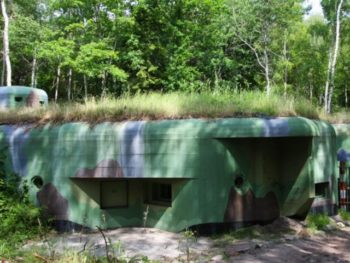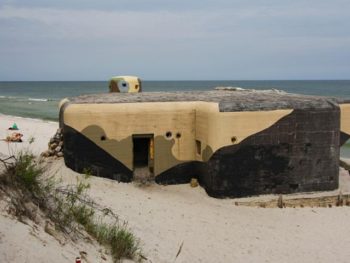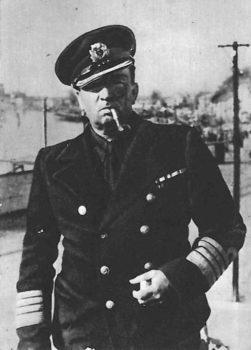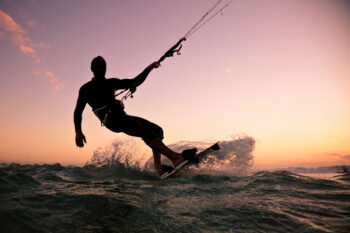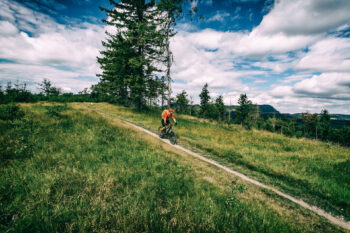
Jastarnia after hours. Bunkers in Jastarnia - the Open Air Museum of Fortifications Steyer
Open-air museum of Fortifications II. Republic of them. Rear Admiral Włodzimierz Steyer.
The Fortification Open-Air Museum in Jastarnia consists of four heavy reinforced concrete bunkers: Saragossa, Sęp, Sokół and Sabała.
The construction of the Resistance Center in Jastarnia began in May 1939 and lasted until November. The defense complex is located approx. 3 km from the center of Jastarnia, in the direction of Kuźnica.
You can get here following the signs on the main road of the Hel Peninsula or from the beach at the entrance No. 39.
- Sabała this command center is located in the forest, on the left side of the railway line, looking towards Hel. The admission tickets imitate the original passes with the daily order number.
- Falcon is located on the Bay of Puck, right next to the "Maszoperia" campsite.
- Vulture is located on the beach facing the open sea.
- Zaragoza located between the Sabała and Sęp bunkers, right in front of the beach entrance.
- In 2005, the Fortification Open-Air Museum was established here, which is open to visitors in the summer season. There is a nature trail here. While visiting the bunkers, you can see the reconstructed anti-tank and anti-personnel obstacles and trenches.
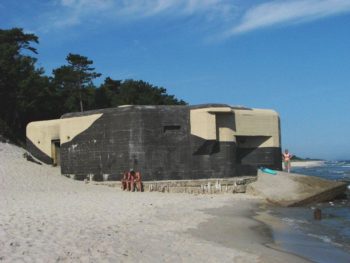
The patron of the museum was Kontradmiral Włodzimierz Steyer.
Włodzimierz Steyer was born on July 15, 1892 in Montreal. He was nicknamed Brunon Dzimicz. He was a naval submarine deck officer.
During the First World War, it was used by the Imperial Russian Navy. Then he returned to the reborn Poland and joined the Navy, where he served until 1950. During the September campaign in 1939, he was in charge of the defense of the Hel Peninsula as the commander of the Fortified Region of Hel. After the end of World War II, he was the commander of the Navy. He died on September 15, 1957 in Gdańsk.
Source of the biography and photo. Wikipedia

